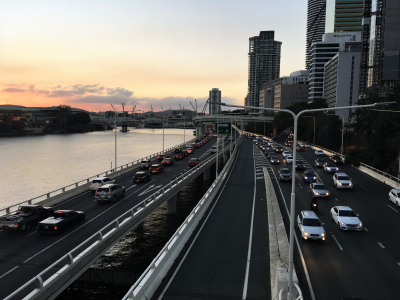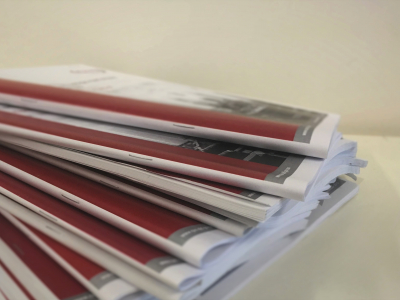Audit Objective
The objective of this audit was to determine whether the state’s approach to strategic transport planning enables effective use of transport resources and a transport system that is sustainable over the long term.
Overview
Governments use transport plans to define their policies, goals and designs for how they intend to successfully move people and goods now and in the future.
Queensland’s transport plans must address many challenges—from mobility issues on peak commuting routes in South East Queensland and access issues in regional areas, to rapidly changing consumer expectations and new technology. In addition, the Queensland Government forecasts a 54 per cent growth in South East Queensland’s population by 2041. This growth will increase pressure on the existing transport network and require additional investment in new transport infrastructure.
Recommendations
Department of Transport and Main Roads
Queensland Transport Policy
We recommend that the Department of Transport and Main Roads (DTMR):
| 1. |
assesses the merits of amending the Transport Planning and Coordination Act 1992 to require its chief executive to prepare a transport policy for the minister's approval. (Chapter 2) |
Regional transport planning
We recommend that DTMR:
| 2. |
strengthens how its regional transport plans integrate with regional land use plans (Chapter 3) When both plans are developed in a region, this means documenting how:
|
| 3. |
sets baselines for key performance measures in all 12 regional transport plans (Chapter 4) This should be based on the performance measures that are most appropriate for each region. |
| 4. |
develops a plan to implement the actions from the regional transport plans (Chapter 4) This should include identifying the resources it requires for each action (including transport modelling tasks), and the timeframe and priority of each action. |
| 5. |
updates the regional transport plans after it has implemented the actions that will help it define the problems for each region. (Chapter 3) This should include:
|
Modal strategies
We recommend that DTMR:
| 6. |
develops performance monitoring mechanisms for the objectives of the transport coordination plan for all of its modal strategies (Chapter 2) |
| 7. |
updates its modal strategies and once approved, publishes them with the transport coordination plan as an integrated framework. (Chapter 2) The modal strategies should show how they support the transport coordination plan objectives. |
Performance reporting
We recommend that DTMR:
| 8. |
develops an integrated performance report to track progress against the transport coordination plan objectives. (Chapter 4) DTMR should periodically publish performance results against the transport coordination plan to show the extent to which it achieves the plan's objectives. |
Department of Infrastructure, Local Government and Planning
Regional land use planning
We recommend that the Department of Infrastructure, Local Government and Planning (DILGP):
| 9. |
when developing future regional plans, documents its analysis of DTMR's strategic transport modelling and how it uses the modelling to inform regional plans that have a transport focus (Chapter 3) |
| 10. |
develops and implements a performance monitoring framework for regional plans (Chapter 4) This should detail how and who will be responsible for:
|
Priority development areas
We recommend that DILGP:
| 11. |
clarifies how it will monitor and measure transport outcomes in its existing priority development scheme evaluations. (Chapter 4) This should describe the key performance indicators, and the methods DILGP will use to measure progress, and assess and mitigate risks to the achievement of objectives. |
Department of Infrastructure, Local Government and Planning and Department of Transport and Main Roads
Risk identification and management
We recommend that DTMR:
| 12. |
assesses and analyses the risks of not achieving the preferred transport future in ShapingSEQ and reports it to DILGP, where relevant, for the purpose of monitoring and reporting on the performance of the plan. (Chapter 3) |
We recommend that DILGP works with DTMR to:
| 13. |
improve the completeness of evidence retained to support key decisions made in developing land use plans. (Chapter 4) When testing planning scenarios, documentation for transport modelling should summarise the objectives, scope, assumptions, results, conclusions, any limitations, and any decisions made. |



